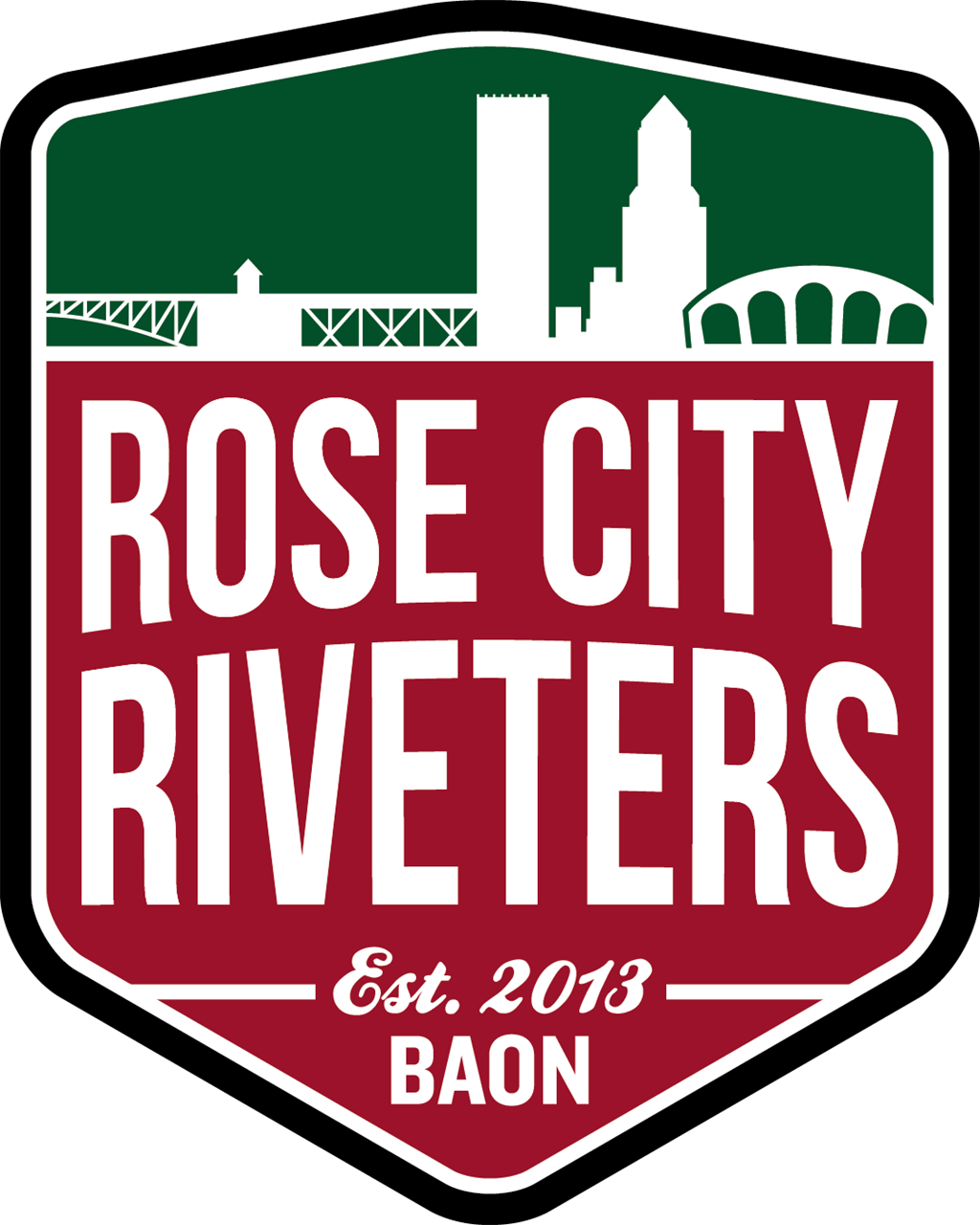—by Garrett Dittforth
I was alerted by a Timbers Army friend at the Oregon Cultural Trust about a contest they're running this week. Sadly I didn't see the email until today so we're one day down. Here's the deal. Our culture makes up a pretty decent part of what makes Oregon great. Here's the idea. You just use your Facebook, Twitter or Instagram account to post a picture you took at a game, making tifo, of tifo, fixing a field with OPI, volunteering with the TA at the Food Bank of Oregon, at the Bless Field opening or maybe the Harper's Playground opening. Anything about our culture that you think makes Oregon great. It's up to you. Just make sure you use the hashtag #thisisculture
Make sure to check out the daily prizes below. You might be keenly interested on the October 8th prize that I have highlighted in bold font below.
It's time to celebrate Oregon’s culture!
As part of the 2014 Days of Culture campaign, we are inviting you to post snapshots on social media Oct. 1-8 that illustrate your cultural experiences -- anything from a good meal or a concert experience to a backwoods hike or a family event. The possibilities are endless as culture is all about who we are, what we do and how we experience life!
Participating is easy! Just capture a cultural moment and post it on Facebook, Twitter or Instagram with the hashtag #thisisculture. The goal is to digitally showcase a range of cultural experiences from around the state. Everyone who posts will be eligible to win a daily prize. Prizes include:
Wednesday, October 1: Gift Certificate for a weekend stay at the Lodge at Kah-Nee-Ta
Thursday, October 2: Gift Package from the Portland Trail Blazers
Friday, October 3: Tickets to the Oregon Symphony and lodging in Portland
Saturday, October 4: Gift Certificate for an overnight stay at the historic Balch Hotel
Sunday, October 5: Free admission to the Oregon Coast Aquarium and lodging in Newport
Monday, October 6: Lunch, winery tour, and special tasting for four at the Sokol Blosser Winery in Dayton
Tuesday, October 7: Tickets to performances at the Oregon Shakespeare Festival
Wednesday, October 8: A Certificate for a 2014 Portland Timbers Team Signed Jersey
Traditionally a weeklong celebration of events and activities presented by Oregon’s 1,300 cultural organizations, coalitions and tribes, Days of Culture commemorates the Oct. 8 anniversary of the Cultural Trust. The decision to expand the 2014 celebration to feature individual experiences came from a desire to demonstrate how interwoven our culture is with everyday life.
Days of Culture also launches the Trust’s fundraising season. As you know, those who gave or give a 2014 donation to one of Oregon’s designated 1,300 cultural nonprofits are eligible for a tax credit if they make a matching gift to the Cultural Trust. Giving to the Trust is easy, and annually provides over a million dollars to cultural programming across our great state! Cultural funding for you, from you!
We are counting on you to help us make the 2014 Days of Culture celebration the best and most inclusive ever! Get those cameras ready.


